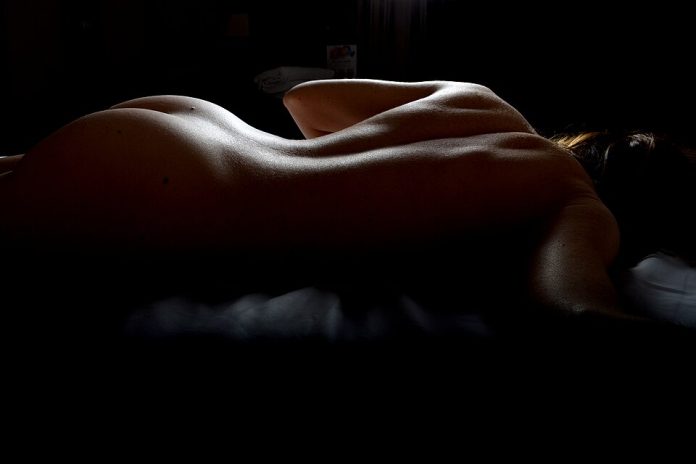Nude art has been part of human expression for as long as we’ve been making art. From the first carved figurines to the grand frescoes of the Renaissance, artists have explored the human form to tell stories, celebrate beauty, and capture the essence of humanity.
When photography arrived in the 19th century, it added a whole new dimension to that exploration. Suddenly, artists had a tool that could capture reality with unmatched detail. But along with this power came new challenges — questions about morality, censorship, and what it meant to depict the nude body in a medium that could so closely mirror real life.
Over time, nude photography has grown and changed, shaped by cultural movements, artistic experimentation, and technology. Its history is as much about evolving creative techniques as it is about shifting ideas of beauty, privacy, and freedom of expression.
Let’s take a journey through time to see how it all began, how it developed, and where it stands today.
Table of Contents
- Ancient and Pre-Photographic Influences
- The Birth of Photography and the First Nude Images (1800s)
- The Pioneers of Nude Art Photography (Late 19th – Early 20th Century)
- Mid-20th Century: Breaking Boundaries
- The Late 20th Century: Global Perspectives and Controversy
- Digital Era and Modern Nude Photography
- Ongoing Ethical Considerations
- Nude Art Photography is Timeless
- FAQ
Ancient and Pre-Photographic Influences
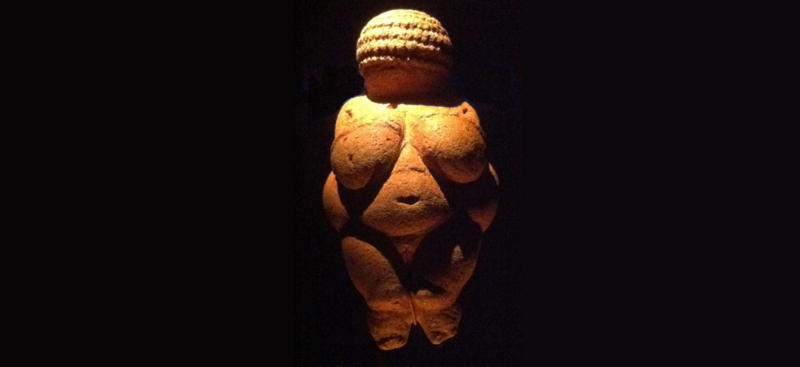
Kharmacher, CC0, via Wikimedia Commons
Before cameras, before even written language, humans were creating art that celebrated the body. One of the oldest known examples is the Venus of Willendorf — a small, 11-centimeter figurine carved between 28,000 and 25,000 B.C. Found in modern-day Austria, it’s widely recognized as one of the earliest representations of the nude human form.
Fast-forward several thousand years, and we see the Greeks and Romans perfecting marble sculptures of gods, athletes, and everyday people, all presented nude to emphasize anatomy, strength, and beauty. These works weren’t seen as scandalous; they were celebrations of the human form’s perfection.
The Renaissance revived this spirit. Artists like Michelangelo and Botticelli brought nude figures back into the cultural spotlight, using them to explore ideals of beauty, mythology, and spirituality. Their work laid the groundwork for what later became nude art photography — the treatment of the human body as an object of art, not simply desire.
The Birth of Photography and the First Nude Images (1800s)
Photography was officially born in the early 19th century with techniques like the daguerreotype and calotype. Almost immediately, artists began experimenting with photographing the nude body.
In the 1840s and 1850s, many of the earliest nude photographs were created as reference material for painters and sculptors. These were not intended for public display — Victorian society was far too conservative for that — but rather for private study. The goal was to capture the body’s proportions and details so artists could reference them in their work.
Still, the moral climate of the era meant that nude photography existed in a gray area. While some photographers pursued it purely for artistic purposes, others catered to underground markets with more risqué imagery. As a result, nude art photography quickly became a topic of legal and moral debate.
By the late 1800s, pictorialism — an art movement that aimed to make photographs look more like paintings — helped nudge nude photography toward greater acceptance. Photographers used soft focus, careful composition, and painterly lighting to create images that emphasized artistry over realism.
The Pioneers of Nude Art Photography (Late 19th – Early 20th Century)
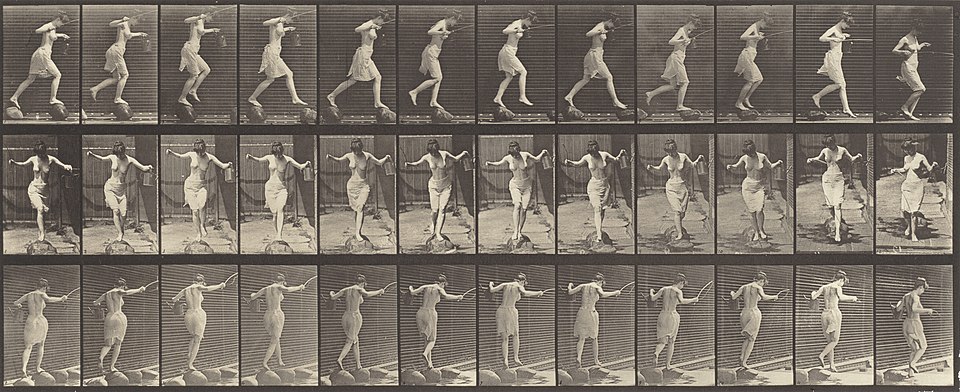
National Gallery of Art, CC0, via Wikimedia Commons
As photography matured, certain photographers began to push the artistic boundaries of the nude form.
Eadweard Muybridge, famous for his motion studies, captured sequences of nude figures walking, running, and performing athletic tasks. His work wasn’t designed to titillate — it was a study of movement and anatomy, groundbreaking in both science and art.
Alfred Stieglitz, a central figure in modern photography, approached the nude as a vehicle for emotion and abstraction. His intimate portraits of Georgia O’Keeffe blurred the line between personal expression and fine art, reshaping the direction of nude art photography in the U.S.
In Europe, Étienne Carjat and others brought a similar artistic sensibility, using light, shadow, and framing to emphasize form over explicitness. These pioneers helped shift public perception, carving out space for nude photography in galleries and art circles.
Mid-20th Century: Breaking Boundaries
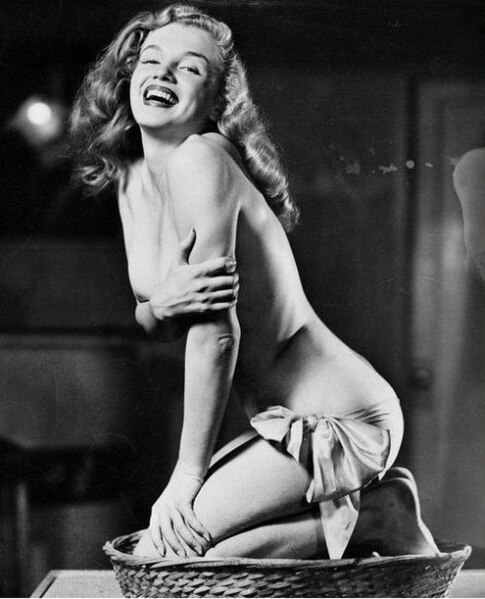
Earl Moran, Public domain, via Wikimedia Commons
The mid-20th century was a turning point. The world had gone through two world wars, and cultural attitudes toward art, sex, and personal freedom were shifting.
Photographers like Man Ray infused surrealism into nude art photography, experimenting with distortion, solarization, and unconventional composition. Ruth Bernhard brought sculptural elegance to her black-and-white nudes, highlighting the play of light on skin in ways that were intimate yet architectural.
Magazines and fashion photography began cautiously incorporating nude imagery — though often heavily stylized. Photographers such as Horst P. Horst elevated the genre further, blending fine art aesthetics with commercial sensibilities.
Black-and-white photography dominated this era, not just for technical reasons but because it carried a timeless, classic quality that suited artistic nudes beautifully.
The Late 20th Century: Global Perspectives and Controversy
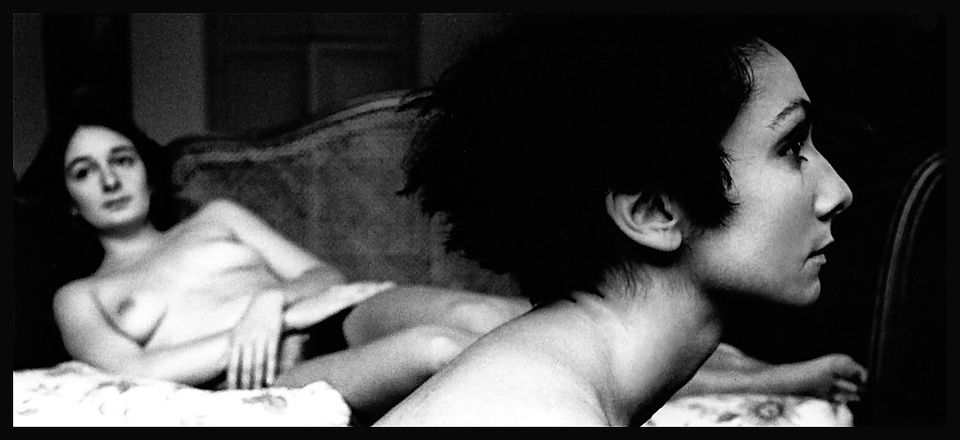
Augusto De Luca, CC BY-SA 2.0 via Wikimedia Commons
By the 1960s, the sexual revolution was in full swing, and society’s views on nudity had loosened. This opened the door for more daring approaches to nude art photography.
Helmut Newton introduced a bold, fashion-infused take on the nude, blending glamour, provocation, and power dynamics. Robert Mapplethorpe pushed boundaries further, exploring sexuality, identity, and fetishism in meticulously composed studio portraits.
These shifts sparked backlash. Legal challenges, censorship battles, and public outrage became part of the conversation. Mapplethorpe’s work, for instance, sparked debates about government funding for the arts and the line between art and obscenity.
The era also saw broader representation. Photographers began exploring different body types, ages, genders, and cultural backgrounds, making nude art photography more diverse.
Digital Era and Modern Nude Photography
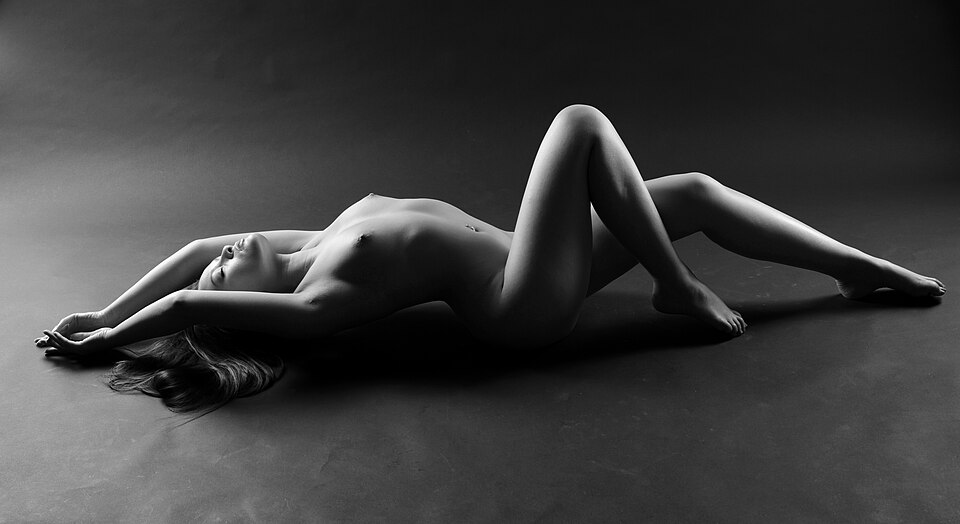
Jean-Christophe Destailleur, CC BY-SA 3.0 via Wikimedia Commons
The rise of digital photography in the late 1990s and early 2000s changed everything. Suddenly, photographers could shoot more, experiment more, and share their work instantly online. This accessibility brought both opportunities and challenges.
On the one hand, the internet allowed artists to reach global audiences without gallery representation. On the other, social media platforms introduced strict content guidelines that often clashed with artistic expression. Many photographers working in nude art photography had to adapt — blurring, censoring, or altering their images to avoid takedowns.
Inclusivity has become a defining characteristic of contemporary nude art photography. The body positivity movement encouraged representation of all shapes, sizes, skin tones, and abilities. For many artists, the nude became more than an aesthetic subject — it became a platform for conversations about identity and empowerment.
New technology also fostered hybrid approaches. Some artists mix fine art with fashion, while others experiment with drones, VR, or AI to reimagine how the human form can be portrayed.
Ongoing Ethical Considerations
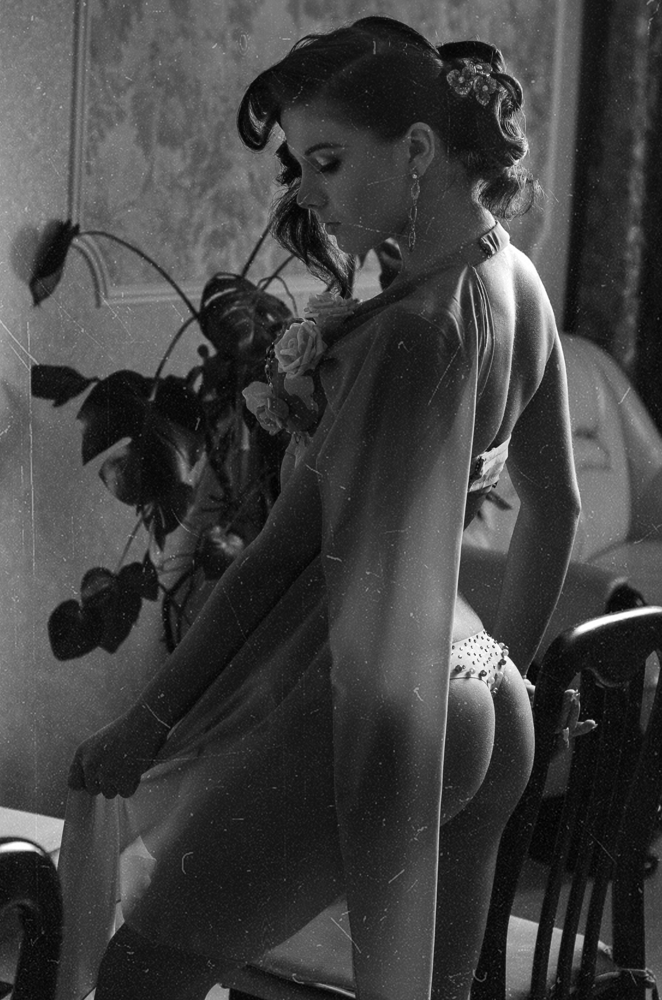
Photo by Tsima140586 via Shutterstock
Photographing nudity comes with ethical responsibilities. Consent is paramount — written releases, clear agreements, and check-ins help ensure comfort and respect throughout the process.
Professionalism is equally important. From maintaining a closed, controlled set to being transparent about how images will be shared, the photographer sets the tone. In nude art photography, trust is as important as creativity.
In the digital age, privacy is another concern. Once an image is online, it can be copied or altered without permission. Artists must be clear about these risks with their subjects.
Finally, cultural context matters. What is considered art in one community may be seen as offensive elsewhere. Awareness of audience and environment helps balance artistic freedom with sensitivity.
Nude Art Photography is Timeless
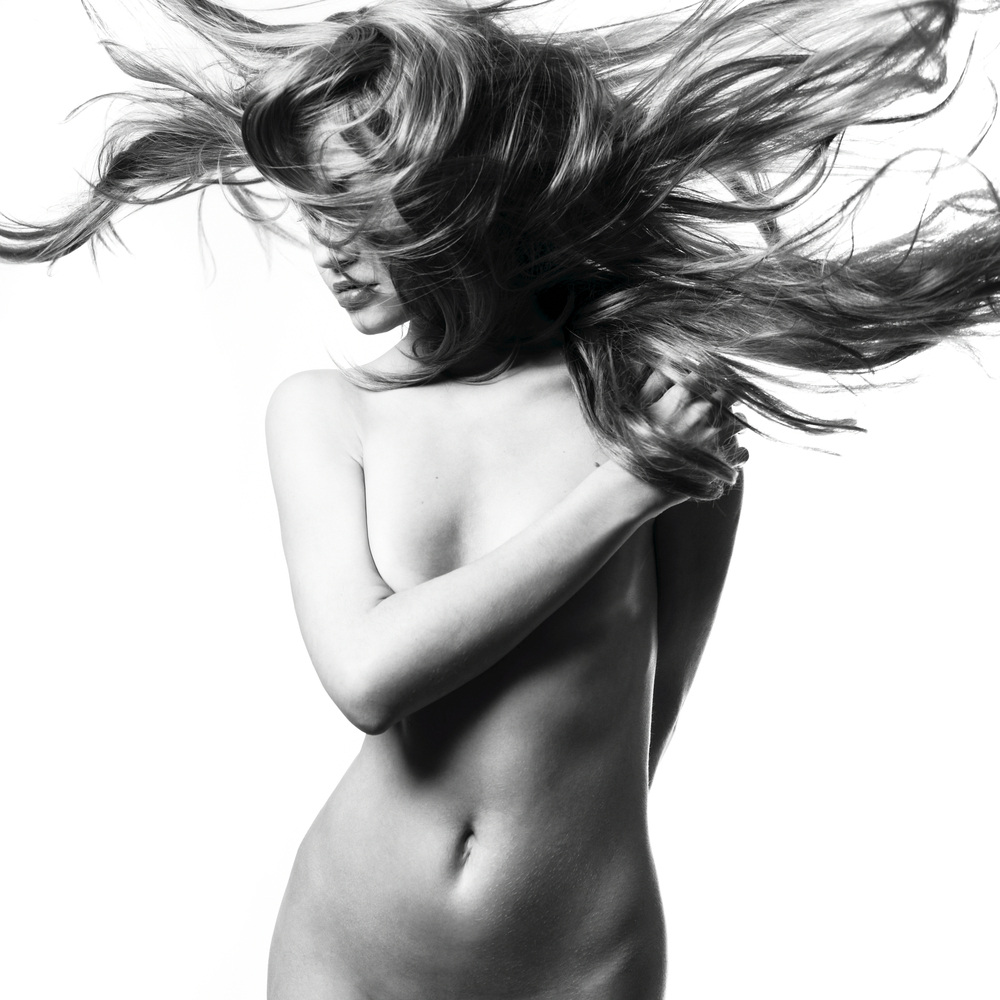
Photo by Egor Mayer via Shutterstock
The history of nude art photography mirrors society’s shifting values. From prehistoric carvings to Renaissance frescoes, from early daguerreotypes to bold digital experiments, each era has added its own perspective on the human body.
Today, nude art photography is more diverse, accessible, and globally connected than ever before. Technology has expanded creative possibilities, while cultural movements have encouraged broader representation and deeper meaning.
At its core, the genre is timeless — our fascination with the human form and our desire to capture its beauty remain unchanged. And just like the art form itself, that exploration will never stop evolving.
FAQ
What is nude art photography?
Nude art photography is a genre that explores the human form through the lens of artistic expression. It emphasizes beauty, shape, light, and meaning rather than explicitness or erotic intent.
Is nude art photography considered inappropriate?
Context matters. In an artistic or educational setting, nude photography is widely respected. However, cultural norms vary, so what’s acceptable in one place may not be in another.
How do photographers ensure professionalism when working with nudes?
Clear communication, signed model releases, private and respectful working environments, and mutual trust form the foundation of professional nude art photography.
What role does consent play in nude photography?
Consent is essential. Models must understand how their images will be used and have the ability to voice concerns at any stage of the process. Without consent, the work loses both ethical and artistic integrity.
How has technology changed nude art photography?
Digital cameras, editing tools, and online platforms have expanded creative opportunities while also introducing new challenges, particularly around censorship and image privacy.
Can anyone try nude art photography?
Yes, but it requires preparation, sensitivity, and professionalism. Building trust with models, understanding lighting and composition, and respecting cultural context are key for newcomers.
Hero photo by Cosme Madini, CC BY-SA 4.0 via Wikimedia Commons

